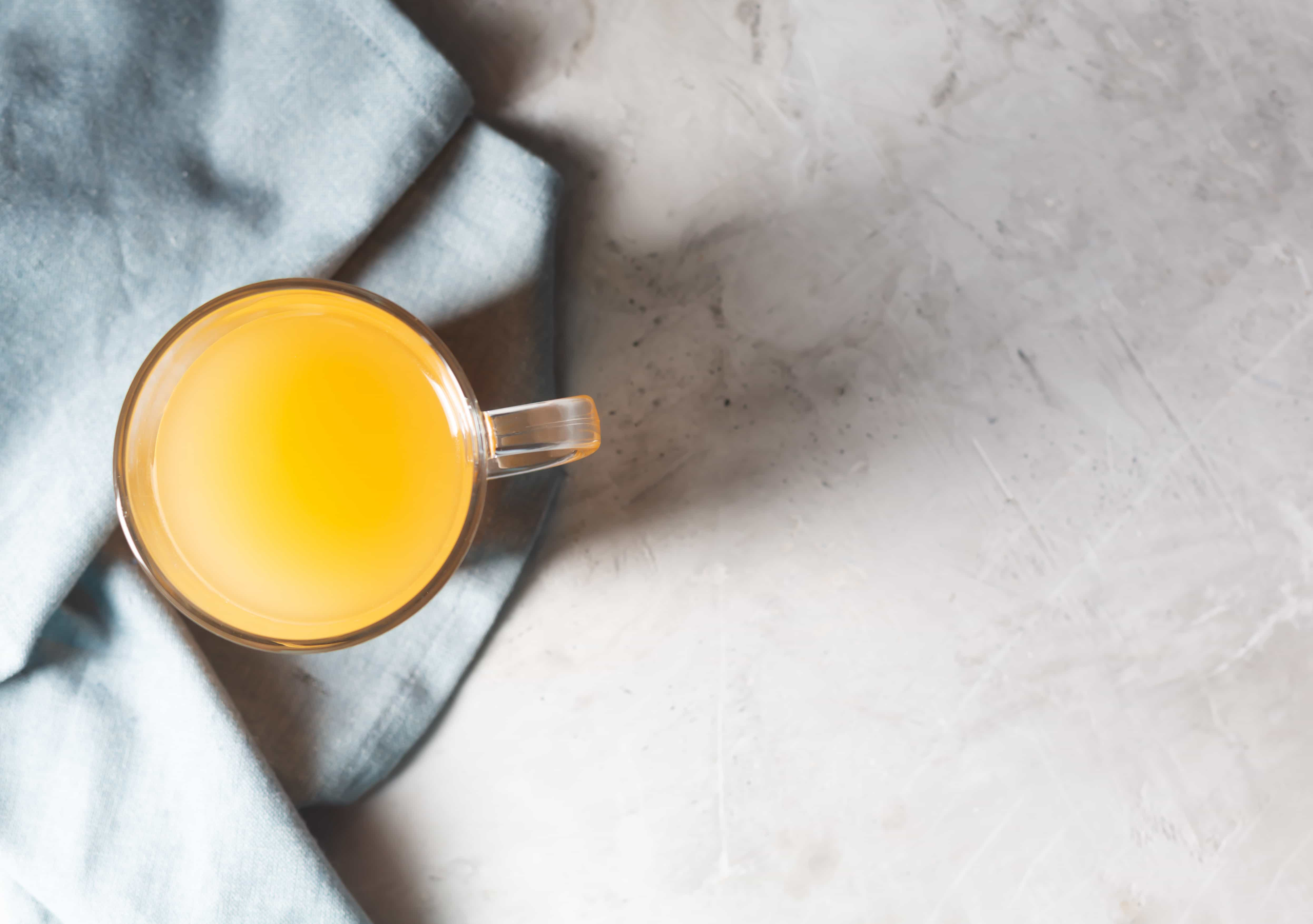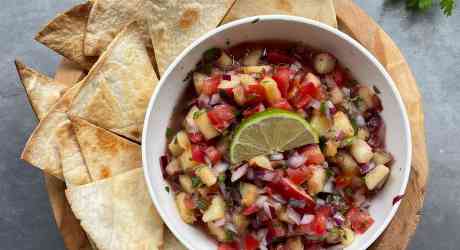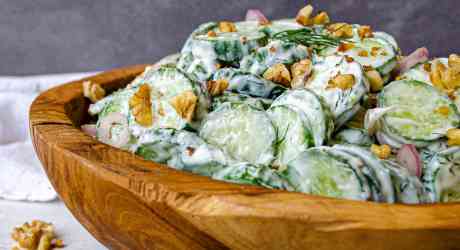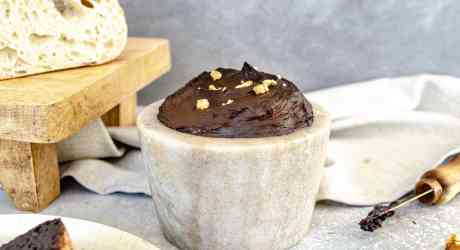Basic Bone Broth

A lot of recipes call for bone broth. Or, if you’re like me, you enjoy a mug of it on its own in lieu of a hot tea. Either way, it is a staple you want to have around.
You might currently be buying it pre-made, which can get to be expensive. But you might be justifying the cost, thinking that making it yourself will be time-consuming or over-complicated.
Well, guess what? It doesn’t have to be: You can make your own bone broth quickly, easily, and cost-effectively. Here is our fool-proof version for how, with just four simple steps and a couple up-and-coming brain power superstars like anise pods, clove buds and apple cider vinegar to compliment the classic onion, carrot, parsley and bay leaf.
- 3 lbs beef bones
- 2 bay leaves
- 1 onion
- 2 star anise pods
- 4 clove buds
- 10 black peppercorns
- 1 carrot
- 5 parsley stems
- 14 cups cold water
- 3 Tbsp apple cider vinegar
- Roast bones in a 400F preheated oven until deeply caramelized for 20 minutes.
- Add bones to a large stockpot along with remaining ingredients. Bring the pot to a boil and turn down the heat to low.
- Simmer for 8-12 hours while skimming the surface of the broth periodically.
- Strain and let cool.
Store in the fridge for up to a week or freeze for 6 months.
Want to take this bone broth from basic to extra? Use it in our Chaga Mushroom Ramen!

Apple Cider Vinegar:
- Just might be what you need to keep your energy up throughout the day and beat that mid-afternoon or early evening crash, because it's shown to balance post-prandial blood glucose (the spike in blood sugar after eating).
- A great mood booster and natural antidepressant because it increases tryptophan which builds our mood regulating neurotransmitter serotonin.
Peppercorns:
- One of its main ingredients, piperine, is getting superstar status because of its ability to increase serotonin in the brain areas responsible for learning, memory and problem solving.
- Dopamine is involved in motivation for rewards but it also facilitates movement, depending on it’s location in the brain. Piperine seems to prevent the loss of dopamine neurons, showing promise in the fight against Parkinson’s Disease.
- References
-
- Budak, N. H., Aykin, E., Seydim, A. C., Greene, A. K., & Guzel‐Seydim, Z. B. (2014). Functional properties of vinegar. Journal of food science, 79, R757-R764.
- Östman, E., Granfeldt, Y., Persson, L., & Björck, I. (2005). Vinegar supplementation lowers glucose and insulin responses and increases satiety after a bread meal in healthy subjects. European journal of clinical nutrition, 59, 983-988.
- Mao, Q., Xian, Y., Ip, S., & Che, C. (2011). Involvement of serotonergic system in the antidepressant-like effect of piperine. Progress in Neuro-psychopharmacology & Biological Psychiatry, 35(4), 1144-1147.
- Yang, W., Chen, Y.H., Liu, H., Qu, H,D. (2015). Neuroprotective effects of piperine on the 1-methyl-4-phenyl-1,2,3,6-tetrahydropyridine-induced Parkinson's disease mouse model. International Journal of Molecular Medicine, 36(5), 1369 - 1376.
- Wattanathorn, J., Chonpathompikunlert, P., Muchimapura, S., Priprem, A., & Tankamnerdthai, O. (2008). Piperine, the potential functional food for mood and cognitive disorders. Food and Chemical Toxicology, 46(9), 3106-3110.










